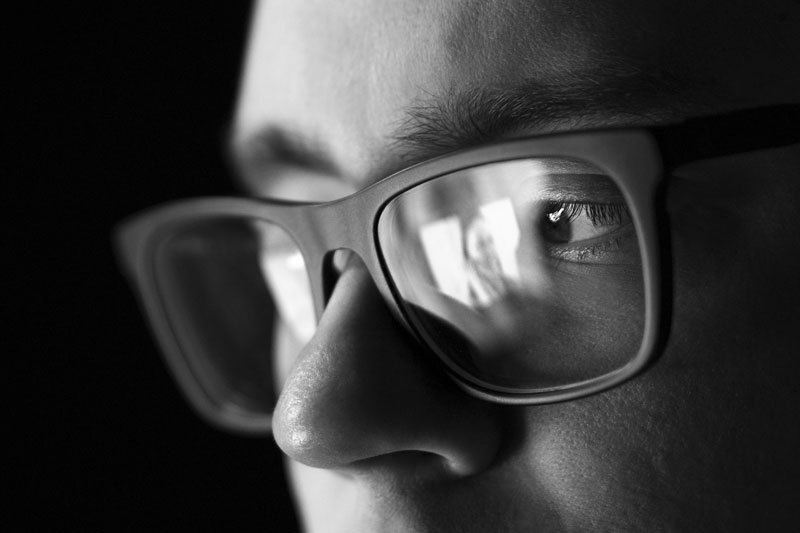The possession and/or viewing of child pornography is not covered by First Amendment free speech rights and the penalties are severe. In this era, most child pornography charges involve an electronic connection (the internet) and therefore include even more serious federal charges in addition to Washington state and local charges.
Child pornography laws fall under two categories: First-degree and second-degree possession or viewing.
First-degree Crime
The penalty for first-degree possession, a Class B felony, is 12 to 14 months in prison. If the conviction includes multiple counts, the penalty can be up to 10 years in prison. Three years of community custody (A.K.A. probation, involving supervision and limits to one’s movement and activities) follows release. The maximum sentence is usually sought.
First-degree viewing, without possession, carries the same penalties.
A first-degree charge is defined as material that depicts a minor engaged in genital penetration (the age of the other participant is irrelevant), oral sex, anal sex, masturbation, and other acts.
Under any circumstances, fines are likely as well as life-long requirements to register as a sex offender.
Second-degree Crime
The penalty for second-degree possession, a Class C felony, is three to nine months in county jail. Multiple counts can result in up to five years in prison. One year of community custody follows in any case.
Second-degree viewing carries a maximum penalty of one year in jail, plus one year of community custody. However, only community custody and no prison time is also a possibility depending on the circumstances. Again, multiple counts carry a maximum sentence of five years in prison.
Second-degree material includes lewd depiction of genitals, rectal areas or breasts in a manner designed for sexual arousal. Touching of a minor’s private areas, clothed or unclothed, also applies.
The limits of child pornography “possession”
Possession is not always clear. Prosecutors must prove that the accused knowingly obtained the pornographic material.
In regard to digital material, this can be difficult to prove. There are numerous ways images or video can end up on one’s computer or phone without their knowledge, including the material being deposited on a device after someone clicks on a malicious link, images captured in a browser’s temporary files while scrolling through a dubious website, and malware designed to use an unwitting person’s device to transmit the material.
People accused of possessing child pornography are often ensnared in an aggressive sting operation run by law enforcement. Such operations can lead to horrific consequences for innocent people, though they often don’t always stand up to legal scrutiny.
Child pornography viewing or possession is a serious, life-changing offense. Your best defense is to not click on links from unknown or untrusted sources and avoid dubious websites. However, if you fall victim, document when and how you came across the material and submit the information to authorities.

